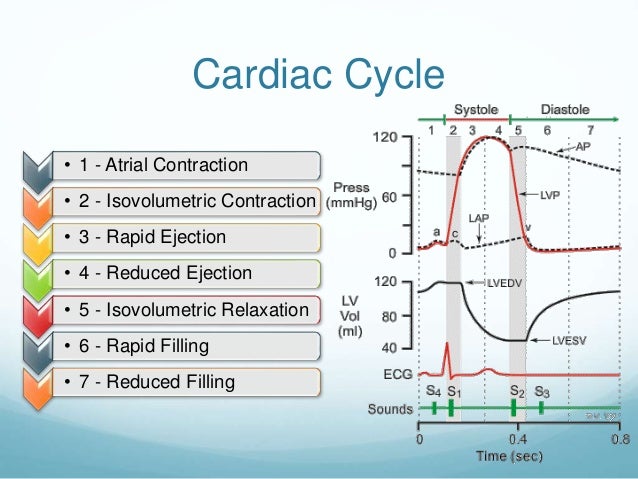
One consideration in the treatment of patients with PH and underlying left-sided heart disease includes optimizing treatment of the underlying left-sided heart disease using medical and interventional therapies (including cardiac resynchronization therapy, LV assist device, and mitral valve intervention). Some clinical features suggestive of PH caused by left-sided heart disease include: older age, hypertension, diabetes, coronary artery disease, obesity evidence of LV hypertrophy, systolic or diastolic dysfunction and elevated B-type natriuretic peptide. PH should be characterized as pre-capillary, isolated post-capillary, or combined pre- and post-capillary. Obtain complete pulmonary hemodynamics, including PAP, right atrial pressure, cardiac output/cardiac index, mixed venous oxygen saturation, and calculation of the transpulmonary pressure gradient, diastolic pressure gradient, and PVR. The presence of PH should be confirmed, using a threshold mean PAP ≥25 mm Hg. When performing right heart catheterization, there are three main goals:. Direct measurement of LVEDP should be considered if PCWP is not reliably measured, or if significant left-sided heart disease is suspected. PCWP should be measured at end-expiration (without breath-hold or Valsalva maneuver). The threshold to discriminate between pre- and post-capillary PH should be 15 mm Hg, but suspicion for PH due to HFpEF should be raised at values between 12 and 15 mm Hg, especially after treatment with diuretics. The zero reference level should be set at the mid-thoracic level. In discriminating pulmonary artery hypertension (PAH) from PH due to left-sided heart disease, the following should be considered: However, PCWP measurements are prone to error. Both PCWP and LVEDP can be used to diagnose post-capillary PH. Both the susceptibility for pulmonary vascular disease (presumably related to genetic and environmental factors) and the chronicity of left-sided HF play roles in determining which patients with left-sided HF subsequently develop PH. Increases in pulmonary pressures and PVR result in maladaptive remodeling of the right atrium and RV, ultimately with RV dysfunction and failure. PH results primarily from backward transmission of elevated left-sided filling pressures occurring as a consequence of systolic or diastolic LV dysfunction. The pathophysiology of PH in left-sided HF is complex and heterogeneous. Numerous studies have demonstrated an inverse correlation between PH in left-sided HF and survival. 
Among patients with HP with preserved EF (HFpEF), the prevalence (based on echocardiography or catheterization) is 36-83%.

Among patients with HF with reduced LV ejection fraction (EF), the prevalence of PH (based on right heart catheterization) is 40-75%.

Current terminology and classification defines post-capillary PH (left ventricular end-diastolic pressure or pulmonary capillary wedge pressure >15 mm Hg) as either isolated post-capillary PH (diastolic pressure gradient 3 WU). Regardless of the origin, PH is defined as a mean pulmonary artery pressure (PAP) ≥25 mm Hg.The following are key points to remember: This very well written review of the interaction between left-sided HF and PH is worth reading in its entirety. Among patients with left heart failure (HF), pulmonary hypertension (PH) and right ventricular (RV) dysfunction are common, and have substantial prognostic and therapeutic implications.







 0 kommentar(er)
0 kommentar(er)
